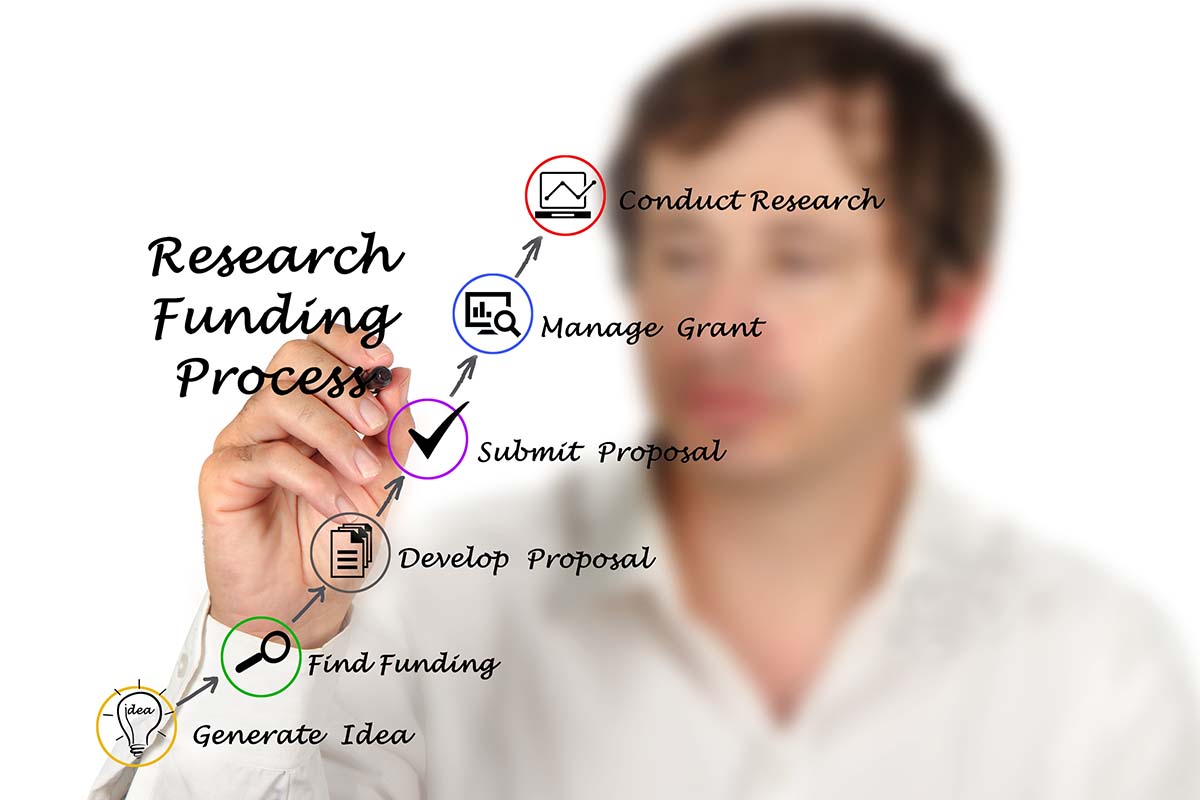By Aria Edry
The Master Proposal includes your organizational and project narratives and financials, and assembles all the supplementary documents regularly required by funders.
It may seem like a lot of work, but the Master Proposal will ultimately be a time saver, especially if your organization operates in a number of areas and conducts several projects.
Here’s how the Master Proposal Functions:
- Answers at your fingertips to all those questions you’ll encounter on applications for both the Letter of Interest (or Inquiry) and the full proposal.
- Saves you the time and anxiety of fishing around for answers while attempting to respond concisely and convincingly to application questions online with those annoying word or character limits.
- At the ready all the elegant language and evidenced-based information needed to make your best pitch for that (hopefully) 5-, 6-figure grant.
- Enables you to extract, adapt, revise responses to grant applications with a range of differing guidelines
The Narrative
Organization Profile:
The following elements may be ordered differently on a grant application, in both LOI and full proposal formats. Make all your answers targeted and relevant with as much specificity as possible. Generally, you will have to be brief, concise, factual. Do not use hyperbole and never use the word “unique” or “innovative”.
- Mission Statement
- History and Accomplishments; include the Summary Highlights, especially programmatic goals & objectives and how participants have benefitted
- The “Problem” your organization addresses. May also be called “Statement of Need”
- Overview of Programs including Demographics and Number Served
- Anecdotes
- Past and current support
- Relationships with other similar organizations (Often the question is how your organization differs from similar organizations)
- Presence and outreach into the community (tangible, real life connections as well as social media followers)
- Your organization’s trajectory or if available, conclusions reached by a recent Strategic Plan
Specific Program or Project Request
The scarcity of funding for general operation is an unfortunate aspect of institutional philanthropy, one that might be changing. But for now, you will be “Shaping The Ask” to fund a project.
- Keep in mind that it’s rare for the entire budget to be funded, so figure out beforehand the overall strategy of piecing together full project support from multiple sources.
- Make double-sure that your project closely aligns – that is, matches – with the interests and agenda of the funder.
- Warning: Being in the “ballpark” or tangentially related will NOT cut it. You will be wasting your time, and worse, demonstrating that you did not do your homework.
- Your Mantra as you complete this section: Be specific. Provide granular detail. Back up statements with evidence, statistics, data. Be factual, matter-of-fact. Use plain English. Avoid jargon. Say it simply. Let the story reach the reader’s emotions without exaggeration. Again, never use “unique” and “innovative”.
- The Problem Addressed (Statement of Need) and the Project described and explained as The Solution (Meeting the Challenge)
- The Request Amount – be specific, explain precisely how you will use that requested amount, AND within the context of the total project budget.
- Who are the participants and how do they benefit – again be very specific.
- How will you measure success –
- What tools will you use -- surveys, focus groups, case studies, interviews
- What metrics will you use – establish a base line pre-project, assess mid-project, and at project end, gather data, assess, and evaluate outputs and outcomes.
- Your Leadership:
- Board of Directors -- many funders ask the percentage of your board are giving to the organization (Answer truthfully of course; funders indeed are looking for a high percentage for very good reasons)
- Staff -- numbers but also may ask job descriptions if relevant for the project’s successful implementation;
- Volunteers -- definitely numbers, but also may ask about their recruitment, orientation and training depending upon the project
- Your plan for raising the balance of the project’s budget – keep it realistic and well-thought out; be specific as to where else and from whom you are seeking funding
- The Long-term Sustainability of the Project:
- Here is good place to address the long-term goals for the project and outline, if possible, strategies for attaining growth, replication or scale.
- Often you are asked your plan in the event the project is not fully funded. How would you proceed? What would you scale back? Be prepared to give a plausible answer but one that doesn’t negatively impact the project’s benefits.
The Numbers
The Budget
- The Budget can either be integrated within the application or uploaded as an Attachment.
- Often you are required to use the funder’s form. Be prepared to answer the Balance Sheet questions (net assets, net liabilities) Follow the funder’s instruction carefully and closely.
- Do not underestimate the true costs of the project or dismiss any expense because you imagine it would hurt your chances of getting funded.
- Incorporate Direct Overhead (Administrative expenses; Project Design and/or Project Coordination).
- Total up your project expenses (including associated direct overhead) and then add 10-15% of that total. This additional figure is to allow for emergencies, unforeseen expenses, and to cover Indirect General Operational expenses. Or divide it among the appropriate line items.
- Your budget should be detailed and very specific. Allow for a column of Notes (or footnotes) for explanations of line items.
Financials
- The 990: This is the IRS nonprofit tax return - an Attachment that you MUST provide. You will be asked for the most current one available, and even for the prior year. The application may have a form that asks you to fill in certain lines from the first page of your 990.
- The Financial Statement differs from the 990.
- This is from your accountant and covers your Fiscal Year (either calendar or the beginning of 3rd or 4th quarter usually).
- Financial Statements have different and ascending levels of scrutiny: a) Review and b) Compilation are statements based on documentation provided by the organization while the Audit, the highest level of scrutiny, is conducted by a third party who examines the underlying documentation.
Required Attachments
- IRS Tax-Determination Letter (scanned)
- Board of Directors List:
- Name, professional affiliation, brief bio and years on board
- List Board Officers first
- Current organizational budget
- 990 (Not often, but you may be asked to submit a P&L statement)
Optional Attachments (only if appropriate and allowed by funder guidelines)
- Advisory Board/Council
- Staff List with titles and qualifications
- Community references
- Testimonial Letters
Please remember: The grant application is the LAST thing you write.
- Organizing the project, communicating and strategizing with your colleagues on staff, leadership and board members is the hard work that precedes the application’s first computer stroke.
For any questions, or if you’d like to shift the grant strategizing and drafting to us, then don’t hesitate and email me at aria@edryandassociates.com. Edry and Associates specializes in assisting nonprofits in all manner of fundraising, social media, video storytelling and donor management. Please visit us at https://www.edryandassociates.com.
© 2022 Edry and Associates, Inc. All rights reserved. Authored by Aria Edry, CEO and Principal Consultant. Please be sure to credit the copyright holder and author.




